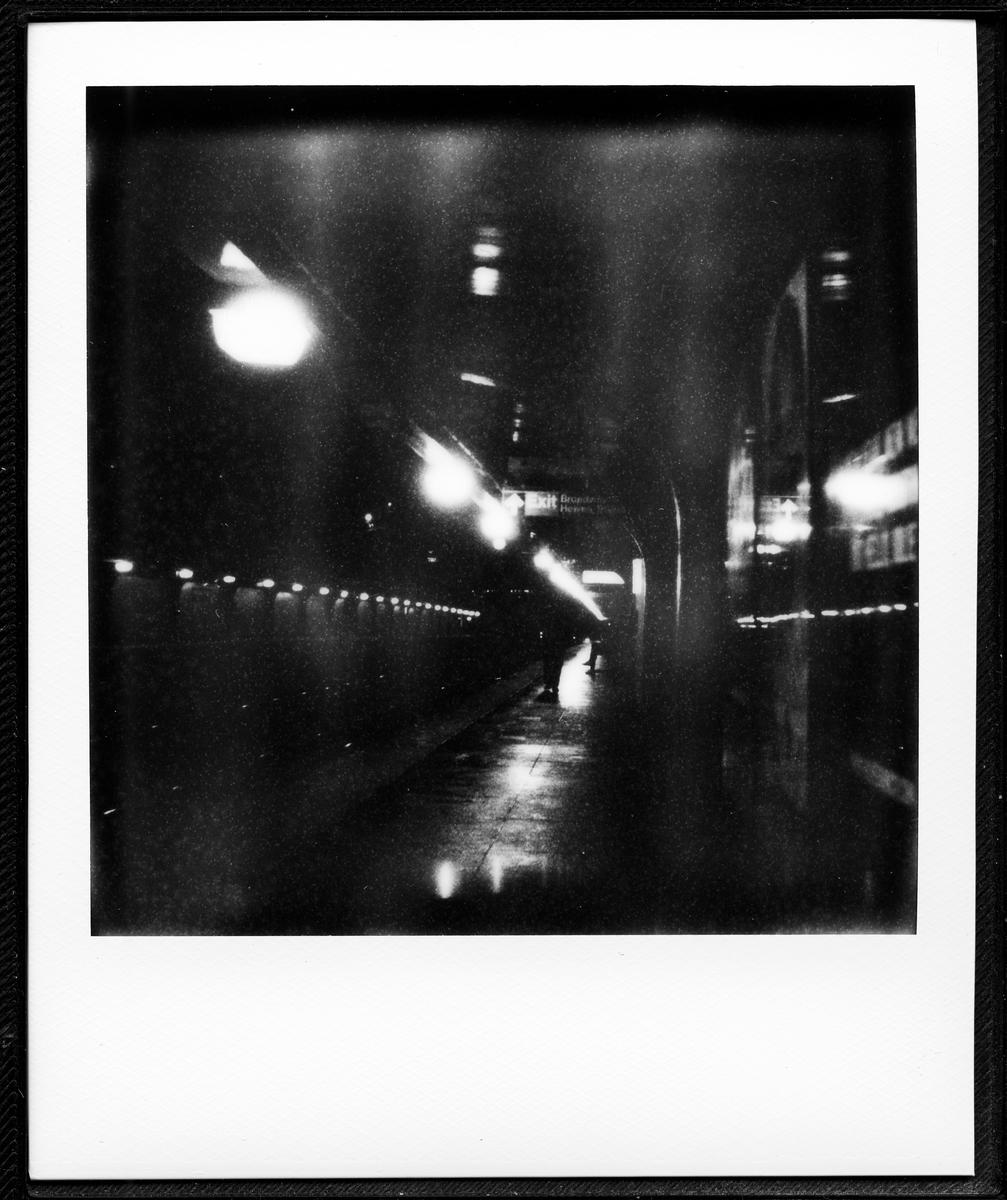Keep on Playing

If you’re in the song, keep on playing.
In one of Pharaoh Sanders’ last interviews before his death, he talks about his life, the origins of his career from humble beginnings in Little Rock, Arkansas, to starting out in Oakland, California, and eventually to New York, New York where he would meet giants like John Coltrane and Sun Ra. Despite the massive legacy he left behind, collaborations with some of the biggest names in Jazz and even pioneering a new genre of jazz in-of-itself, he was still searching for something. The right note, the right melody, the right something. Always learning, always listening to the sounds around him in the hope that something might happen. To him, this pursuit was much more captivating than any legacy he could leave behind. He applied this approach to recording music as well, disregarding his label's directives on song direction, and instead following his own instincts.
If my work hangs in a museum long enough, it becomes real.
F is for Fake (1973) is the last major work of filmmaker Orson Welles based on the life of art- forger Elmyr de Hory. Elmyr’s life, despite his fakes is a true work of art. After moving to the United States following WW2, he positioned himself as a dispossessed Hungarian aristocrat selling famous art pieces from his collection. Behind his façade of the rich and charming aristocrat, he was a frustrated artist struggling to ignite his career. Due to this, he turns to art forgery. Towards the end of his career, Elmyr moves to Ibiza and meets American author Clifford Irving who’s biography on Elmyr titled Fake! becomes a best-seller, only to later be caught as a hoax himself during the filming of F is for Fake. This would lead to an interesting situation that Welles would soon realize: the author of Fake! The biography of a faker was in fact a faker himself, this would complicate the role that Welles’ role as a biographer and commentator and he would use this moment to even use his own background for inspiration.
The movie sees Welles as the playful realist, poking holes in the movie and in the illusions of art itself. Only once does he take on a more serious tone, towards the end of the movie, reflecting on the legacy of one’s artwork while the movie cuts to images of the Chartres cathedral. One of Europe’s oldest stone cathedrals, yet, the architect has long since been forgotten, lost to time. He says,
Ah, this has been standing here for centuries. The premier work of man perhaps in the whole Western world, and it’s without a signature: Chartres. A celebration to God’s glory and to the dignity of man. All that’s left, most artists seem to feel these days, is man. Naked, poor, forked radish. There aren’t any celebrations. Ours, the scientists keep telling us, is a universe which is disposable. You know, it might be just this one anonymous glory of all things, this rich stone forest, this epic chant, this gaiety, this grand, choiring shout of affirmation, which we choose when all our cities are dust, to stand intact, to mark where we’ve been, to testify to what we had it in us to accomplish.
Our works in stone, in paint, in print, are spared, some of them for a few decades or a millennium or two, but everything must finally fall in war, or wear away into the ultimate and universal ash. The triumphs and the frauds, the treasures and the fakes. A fact of life. We’re going to die. ‘Be of good heart,’ cry the dead artists out of the living past. Our songs will all be silenced — but what of it? Go on singing. Maybe a man’s name doesn’t matter all that much.
Two different artists, in two different time periods, both coming to the same conclusion – to go on singing and to keep on playing that more important than the legacy of the artist is the art itself, the choiring shout of affirmation that we choose to testify our accomplishments. I, myself am unsure if my photography will ever be held in the same regard as Pharaoh Sander’s music, or Orson Welles’ films – but I have no choice but to keep on playing.